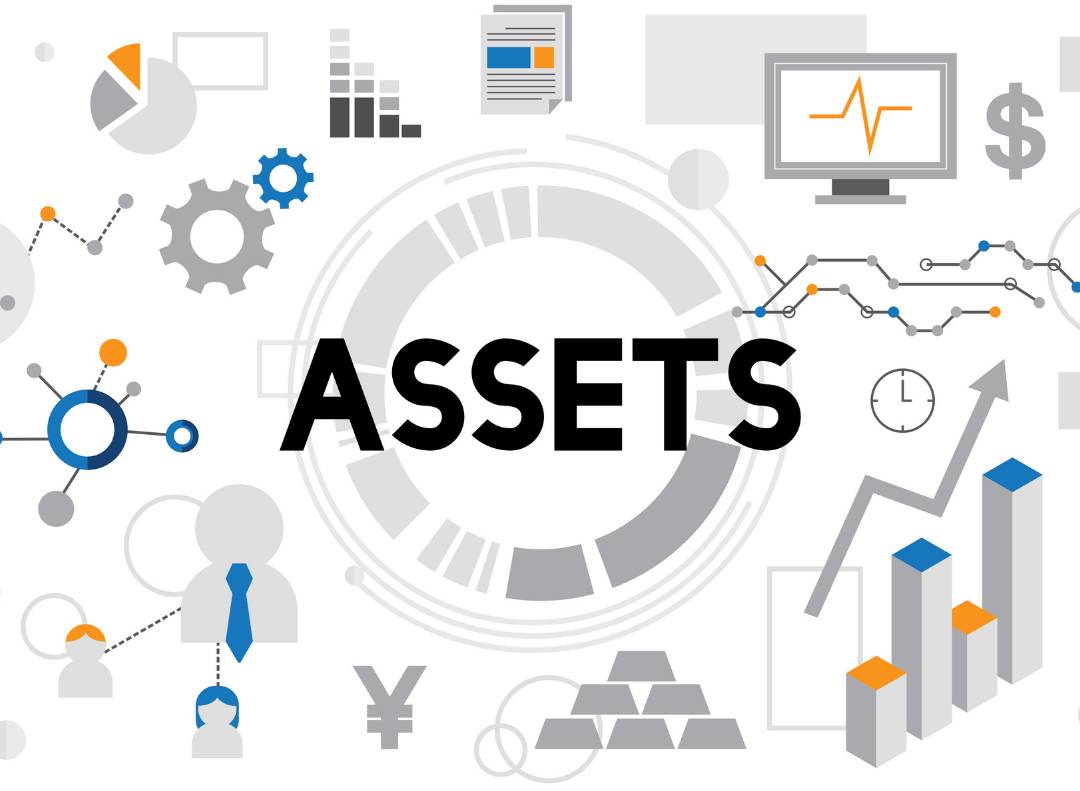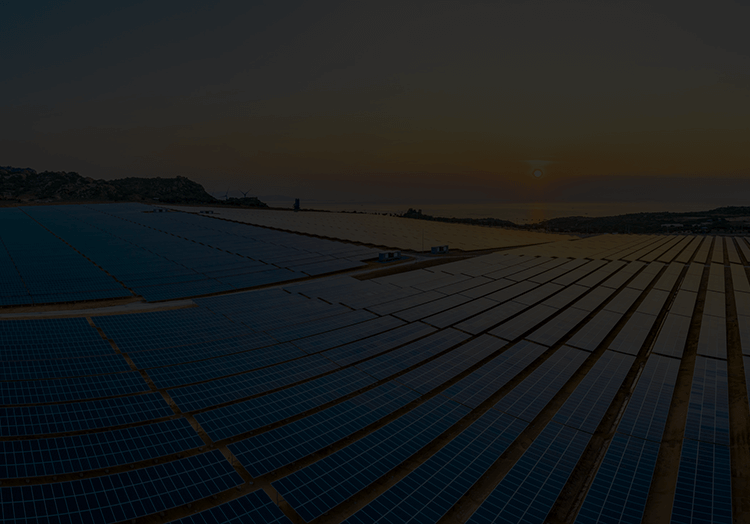While solar asset management has become an extremely popular concept, let's start by answering the questions such as “What is Asset, What are Asset Types ?”.
Do you remember the toys you had when you were a child and thought to be your most important material asset?
When you think of marbles, cars, and dolls, have you ever thought that all these will be the basis of tangible assets such as machines, tools, and real estate, or intangible assets such as databases, software, and licenses?
What we call an asset is a priceless value found in every aspect of life, and it is also the key point of business life. This is a very broad definition because anything that can be used and controlled to store or generate more value can be included in this concept.

Consider the assets your company has. These can be physical items such as machines, tools, devices, and intangible values such as operational data, software, and intellectual property. In the beginning, the money and time you will spend on protecting assets that you have, which have no return, may create question marks such as whether it is necessary to manage all these assets. But you should also know that as the business grows and scales over time, ignoring asset management can have huge financial implications.
Thanks to asset management, you get a service that will manage your company's wealth and investment portfolio on your behalf. Of course, it is certainly important to implement this management correctly. With the right management, your assets can contribute to your company's growth and financial success, while wrong management can hinder growth opportunities and harm your profitability.
Let’s explain this with an example…
Imagine you have a solar power plant. In this power plant, every material, from production to consumption, needs to be examined, recorded, and managed efficiently, down to the smallest detail of the devices in the field. This is where successful solar asset management ensures a seamless collection of all data, documents, milestones, and events for the lifecycle of this asset.
Thanks to this management system, the three main problems listed below will be solved.
- Loss of Production and Income
- Waste of time
- Lack of Transparency
Against these fundamental problems, asset managers need to manage an effective process to ensure continuous improvement and performance optimization. The route to be followed for this can be listed as follows.
- Power plant performance
- Reduction in operating cost
- A new financial structuring
- Legal and contractual renegotiation
- Technology adaptation and upgrades
- Personnel management
Another advantage of this process is that it provides the asset optimization cycle.
For PV plant owners, having operations auditable and measurable and having the system controlled by a reliable and independent third party can be very important. Thus, the contractual use validates and secures your assets. In this way, you can look at your operations from a much broader perspective.
With an optimized PV plant operation, all technical and administrative aspects of the plant are under control, including the verification of contractual obligations. In this way;
- Energy production is maximized,
- Downtime is minimized,
- Life cycle operations and maintenance costs are reduced.
In summary, the asset management system works on your behalf to find the right solutions for your power plant. Thus, it helps you see the bigger picture, allowing you to optimize your operations in a long term.



